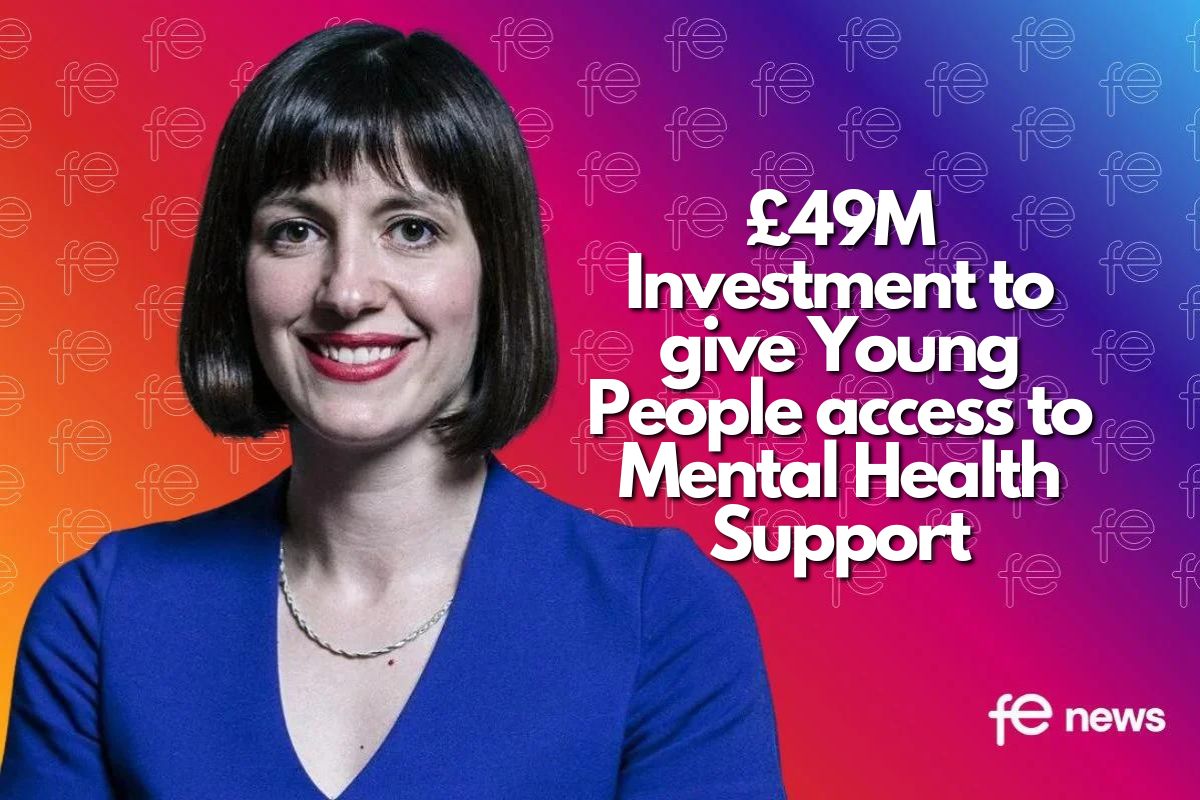Technology in education: Between opportunities and challenges for the future of learning

In this article, the author discusses when and how to use technology, but also, critically, when not to use it. This ability to discern is becoming a critical skill for 21st century education leaders to serve our educational objectives.
Every turn we take, it seems that a new technological tool is being added to society’s armour. Ministers of Education are being called upon to make quick decisions upon whether those new tools are ones we invest in, with huge implications for our purse strings, for the responsibility they place on teachers, and ultimately for our learners.
I am a wholehearted believer in the benefits that can come from imagining technology as an enabler. Before becoming Education Minister and Chief Innovation Officer, I worked with multiple technologies to develop prosthetic sockets for amputees, a system that enables people to walk with greater comfort; to walk to school and on through life. My role now as Chief Minister for the Government of Sierra Leone continues to draw on this link.
New ideas lead to digital transformation
New ideas lead to digital transformation, which feeds back in turn to help us improve education systems. Together, education and technology can lead to wholistic system level quality improvement and greater equity for society.
But, the relationship between education and technology is delicate, in particular digital technology, which the new Global Education Monitoring Report by UNESCO has unpacked this month, entitled ‘Technology in education: a tool on whose terms?’. Understanding when and how to use technology, but also, critically, when not to use it to serve our educational objectives is becoming a critical skill for 21st century education leaders.
There are multiple benefits, for instance, that come from handling the data generated by education systems and using it to improve the effectiveness and efficiency of our education systems to cater for the education needs of all children. But, there are also risks that come with jumping in at the deep end too quickly, or flinching every time a new product is released. For us to be tech-savvy, in other words, we must be savvy about the education systems we want to create.
In Sierra Leone, we have tried to prioritize the technology we believe can strengthen our education management. We have invested in data brought by technology that can give us a picture of the health of our education system, just as it can help us make sure that the learning journeys of each and every child is on the right path. Our push for radical inclusion is not only fuelled by, but depends upon data. We count everyone so that no-one is left out. Our EdTech strategy is firmly synchronized with our long-term vision of delivering inclusive, quality education for all learners and teachers.
When it works well, the data we generate in our education system is the best guide for the policies we need to implement to make things better. This is true for policy makers as it is for teachers, school directors, teachers, parents and communities. Our leaders in primary schools are now prepared to use tablets to collect and apply dynamic data to manage their schools; to oversee teacher registration, student enrolment and attendance.
#TechOnOurTerms
We are investing in #TechOnOurTerms, which implies only the tools that we believe support our learning objectives. Building systems based on unique student and school identifiers as we have done since 2018 helps unequivocally, for example. Our digitized annual school census can flag up an issue far faster than many physical inspection visits could do – albeit we need both.
Problem areas such as inequality in school and inefficient resource distribution can also be prevented if we can visualize them. The new GEM Report reminds us that the use of geospatial data does just that. It remains nascent in low- and lower-middle-income countries, even though it is needed there the most. In Sierra Leone, we are looking at ways of maximizing these innovations with a GIS tool that considers new school locations based on poverty, population and flood risk data. It identifies where we have blind spots; where we could improve; and where we could learn.
Efficiency benefits can also come in some instances from technology’s ability to roll out policy reforms far and fast. Increasingly, the new report shows, countries are buying into the undeniable advantages that come from using technology for teacher professional development, for instance. This breaks down barriers related to location or time; it is cost-effective, fosters teacher-to-teacher collaboration and improves teaching practices. In Sierra Leone, we combine audio, visio and digital resources with printed workbooks to enhance teacher training and bring excitement around technology’s potential into pedagogy from the start.
Seamlessly moving to a new tech-savvy system of management is not always easy or cheap
But a message from the new GEM report this week resonates with my own experience these past years: seamlessly moving to a new tech-savvy system of management is not always easy or cheap. Perhaps unsurprisingly, there is a gap between the expected benefits of technology on education management and their realization. Seemingly trivial issues such as maintenance and repair of infrastructure can be ignored or underestimated. Sometimes the very objective of improving learning is forgotten when learning analytics are designed. We may forget to account for our capacity and resources.
Building systems informed by data that use dashboards, charts and tables also assumes an ability to absorb this level of change, including strong school leaders and confident teachers who are willing to innovate. It requires a broad range of people who are data literate, which is far from the case in many contexts.
The one thing around which we all unite is that there are so many tools, so many players, different operating systems and so much conflicting research on what works it can make you dizzy. I am therefore pleased to see this new formative global report being released on this issue. We need the support of partners who can bring evidence that feeds into our daily decision-making.

FE News on the go…
Welcome to FE News on the go, the podcast that delivers exclusive articles from the world of further education straight to your ears.
We are experimenting with Artificial Intelligence to make our exclusive articles even more accessible while also automating the process for our team of project managers.
In each episode, our thought leaders and sector influencers will delve into the most pressing issues facing the FE sector, offering their insights and analysis on the latest news, trends, and developments.











Responses